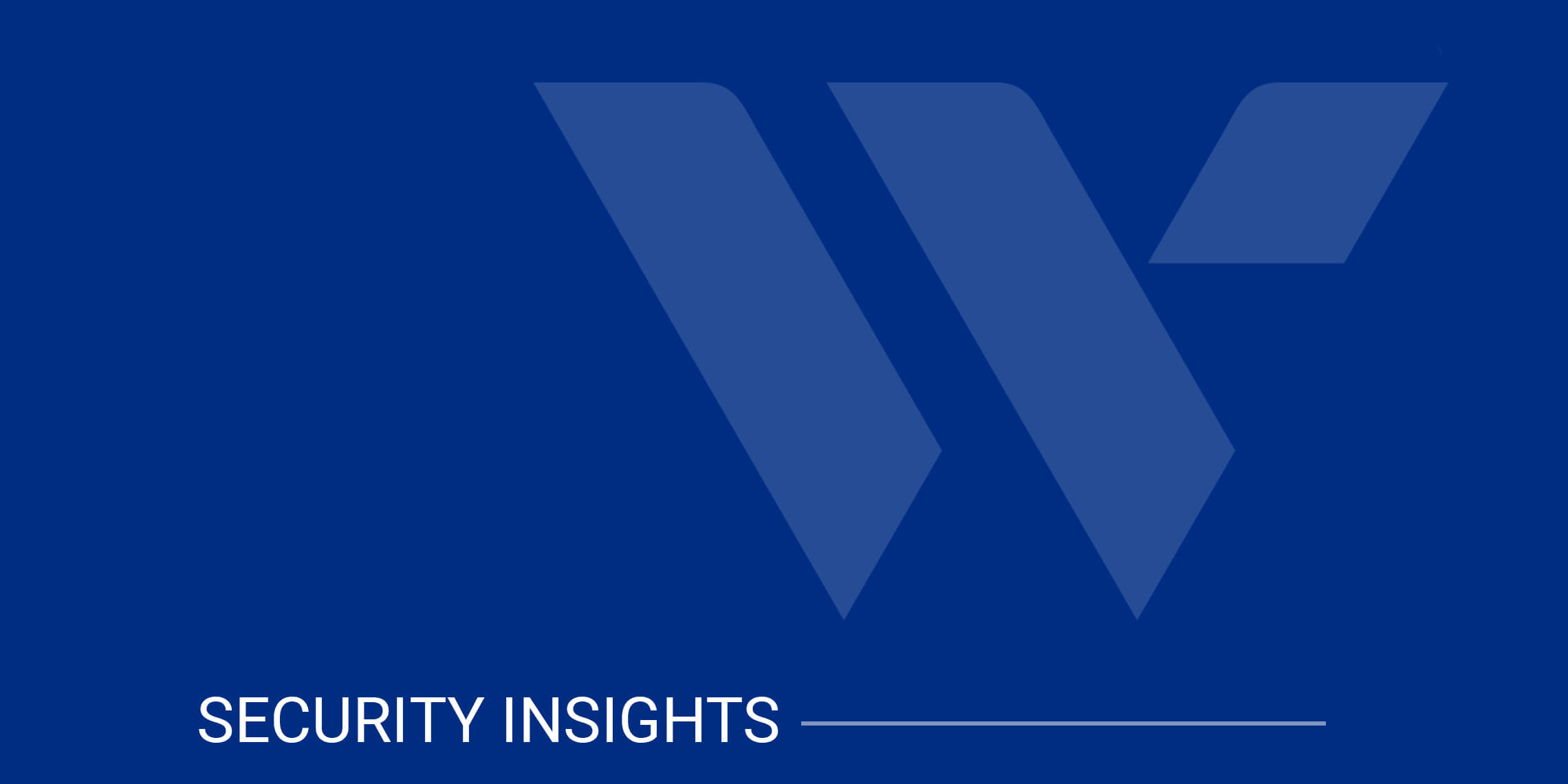Download our e-Treasury Secure Browser
Download the Sterling e-Treasury Token Client
Download our e-Treasury Secure Browser
Download the Sterling e-Treasury Token Client
Due to weather conditions, NY banking centers in Orange, Rockland, Ulster, and Sullivan county will open at 10am today. Online Banking, Mobile Banking, ATM’s, and the Contact Center remain available.
For optimal viewing experience, please use a supported browser such as Chrome or Edge
Download Edge Download Chrome
Published on April 14, 2020 | Webster Bank
Ransomware occurs when you inadvertently download malware or malicious software from either an email attachment or a website link that interrupts your access to your computer files. The malware then causes a notice to pop up on your screen that says you need to pay a certain amount of virtual dollars to receive a code that will unblock you from your computer files.
The amount of “ransom” money demanded varies, but normally falls between $500 and $1000 for individuals. The result is that you’ll either lose your data or the cash you’ll pay for the ransom.
The government does not encourage paying these hackers for the data. Please reach out to the FBI at the Internet Crime Complaint Center (IC3) if you fall victim.
At Webster, cyber security is our top priority, and that includes making sure you are aware of potential threats and know how to protect yourself.
For more information, visit these links:
Webster Bank, N.A.
Webster, Webster Bank, Webster Investments, the Webster Bank logo
and the W symbol are trademarks of Webster Financial Corporation
and registered in the U.S. Patent and Trademark Office.
© 2025 Webster Financial Corporation. All rights reserved.


